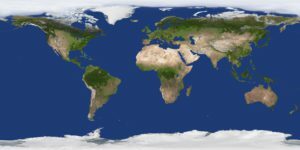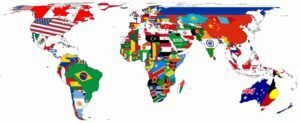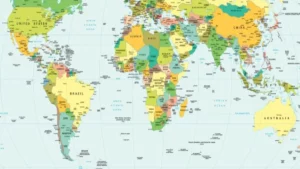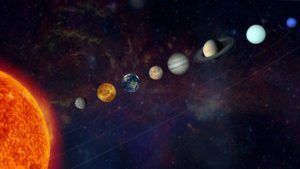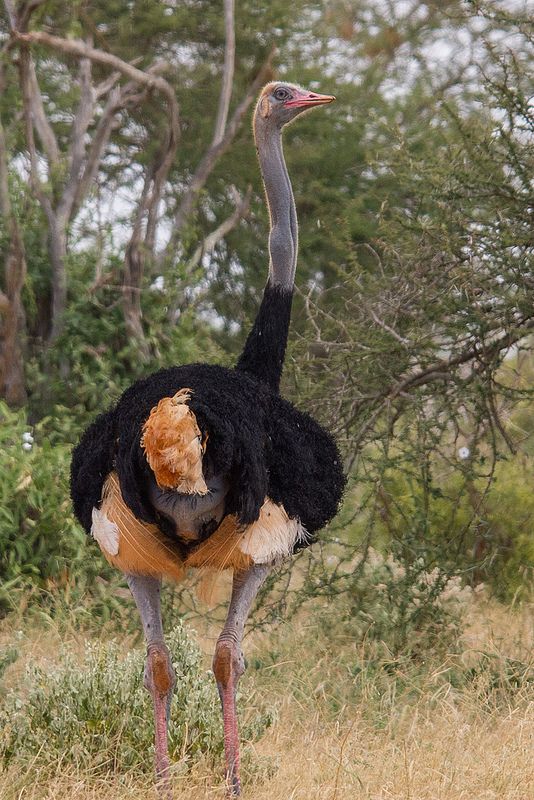A continent is one of the world’s most massive landmasses. Up to seven areas are typically recognised as continents, and they are determined by convention rather than precise criteria. Pangaea was the only large landmass that existed when the Earth was first formed. The mass separated over millions of years, forming the seven continents we see today.
Asia, Africa, North America, South America, Antarctica, Europe, and Australia are listed in order of size, from largest to smallest.
Here, we’ll discuss about the world’s seven continents as well as some fascinating facts about them!

- What exactly is a continent ?
- Which is the largest continent on planet Earth?
- What is Europe and is it the same as Eurasia?
- What makes up North America?
- Which is the second largest continent?
- How did South America get its name?
- Which continent is named as the island continent?
- Which is the coldest, driest as well as windiest continent?
- A comparison between the seven continents
- Closing comments on Continents
What exactly is a continent ?
A continent is a massive continuous expanse of territory that is traditionally viewed as a single location. Asia, Africa, North America, South America, Antarctica, Europe, as well as Australia are the seven continents on planet Earth.

The locations of the continents are related to the locations of tectonic plates. Thus, the continents are not uniformly spread over the globe’s surface. A hemisphere map centred in northern Europe shows a majority of the world’s geographical area inside that hemisphere. In fact, more than two-thirds of the Earth’s land surface is spread across the north of the Equator.
The distribution of continental platforms and ocean basins on the globe’s surface has long been one of the most exciting challenges for scientific research and theory. Among the many hypotheses proposed as explanations, a few of the most prominent ones are listed below:
- Let’s begin with the tetrahedral (four-faced) theory, in which cooling Earth assumes the shape of a tetrahedron through the spherical collapse. People dismissed this scientific concept and opened the path for plate tectonics theory, which better explains the movement of the continents.
- The accretion theory states that the younger rocks attach to an already present central nucleus to form the landforms.
- The continental-drift theory states that an ancient floating continent drifted apart to form the continents we know today.
- The convection-current theory relies on the fact that as a substance heats up, its density drops and it rises to the surface until it cools and descends again. This continual heating and cooling generate a current strong enough to force continents to shift.

Which is the largest continent on planet Earth?
Asia is the world’s most populous and biggest continent, both in terms of people and land area. In fact, it accounts for 30% of the world’s land area. The Pacific Ocean surrounds Asia to the east, the Arctic Ocean to the north, the Indian Ocean to the south, and to the west by Europe.
Some interesting facts about the continent include:
- It is home to Russia, the largest country in the world, as well as India and China, the two most populous countries.
- It is home to the only man-made structure visible from space, that is, The Great Wall of China.
- Asia has seen the evolution of the two large ancient civilisations in the world: the Harappan civilisation and the Chinese civilization.
- Hinduism, Buddhism, Islam, and Christianity all originated in Asia.
What is Europe and is it the same as Eurasia?
Eurasia is the largest continental landmass in the world. It contains both Asia and Europe. Europe is the world’s third most populous continent and the sixth-largest by land area. Despite its geographical proximity to Asia, Europe has historically been treated as a different continent due to cultural and linguistic differences. The Ural, as well as the Caucasus Mountains, are Europe’s eastern borders, while the Arctic Ocean borders it to the north, the Black Sea and the Mediterranean Sea border Europe to the south as well as the Atlantic Ocean to the west.
Some interesting facts about the continent:
- 10% of the world’s population lives in Europe.
- The Trans-Siberian Train Route in Europe is the world’s longest rail route, from St Petersburg in the west to Vladivostok in the east.
What makes up North America?
North America is the world’s third-biggest continent in terms of land area and the fourth most populous country in terms of population. It contains several countries, as well as a slew of holdings and territories, which include all Caribbean and Central American countries, as well as Bermuda, Canada, Mexico, the United States of America, and Greenland. The Arctic Ocean surrounds the continent to the north, the Atlantic Ocean to the east, the Pacific Ocean to the west, and South America to the south.
Which is the second largest continent?
Africa is the world’s second-largest continent by both land area as well as by population. Africa accounts for around 20% of the world’s total land area. To the east, west, and north, Africa is surrounded by the Indian Ocean, the Atlantic Ocean, the Mediterranean Sea, and the Red Sea.
Some fascinating facts about Africa:
- The world’s longest river the Nile, as well as the world’s largest desert, the Sahara, are both located in Africa.
- The world’s hottest place, Ethiopia, is also in Africa.
- The equator passes through the middle of the Dark Continent and receives direct sunlight throughout the year.
How did South America get its name?
South America is the world’s fourth-largest continent in terms of land area and the third-most in terms of population. With the exception of a tiny part in the continent’s northernmost portion, it is largely located in the southern hemisphere. Thus, people refer to it as South America.
South America surrounds by the Atlantic Ocean by the east, on the west by the Pacific Ocean, on the south by the Southern Ocean, and on the north by North America.
Here are some intriguing facts about the continent :
- The green anaconda, the world’s largest and second longest snake, are present in South America.
- This continent is also home to the world’s tallest volcanoes, Mt. Cotopaxi and Mt. Chimborazo.
Which continent is named as the island continent?
Australia is the world’s smallest continent as well as the second least populous after Antarctica. One can also refer to this region as Oceania to distinguish it from the country of Australia. Oceania, on the other hand, is a continental cluster rather than a continent. Australia, Papua New Guinea, and parts of Indonesia are all part of the Australian continent.
Some facts about the continent:
- Deserts cover two-thirds of Australia.
- The Great Barrier Reef, the world’s biggest coral reef (approximately 2000 kilometres long) is located in Australia.
Which is the coldest, driest as well as windiest continent?
Antarctica, located at the South Pole, is the coldest continent on planet Earth. It has no permanent population and no countries. It is only a scientific foundation. The Southern ocean entirely surrounds the continent.
Some fascinating facts about the desolate continent:
- This continent has no time zones.
- It contains 75% of the world’s ice and 70% of the world’s freshwater.
- Antarctica has half a year of continuous darkness and half a year of complete light. Thus, the summer months of December to February provide 24 hours of light, while the winter months of late March to late September are pitch black throughout the day.
A comparison between the seven continents
Closing comments on Continents
The seven continents are the world’s seven major land areas. Some are connected to one another, while others are completely encircled by water. Some continents have a large number of countries, while others have a small number.
Children can gain a better understanding of the world around them by learning about the continents and oceans. Introduce them to places and cultures outside of their daily lives, and teach them about their responsibilities as global citizens.
“ERIN ATE NINE STICKY APRICOTS AT APRILS.”
If you can remember this mnemonic device known as an acrostic, you will have no trouble remembering the names of all the continents because the first letter of each word corresponds to the first letter of a continent.
That concludes our list of interesting facts about the continents. Return to the Podium School blog soon for more such fantastic content for kids!
Share with your friends

